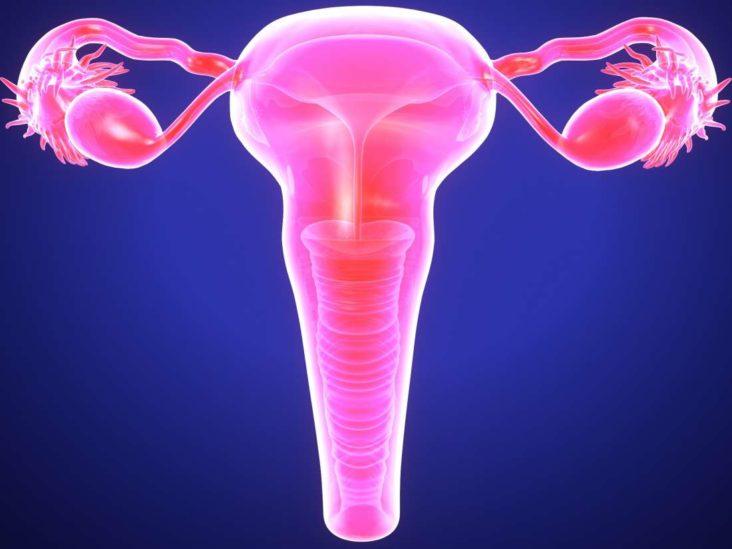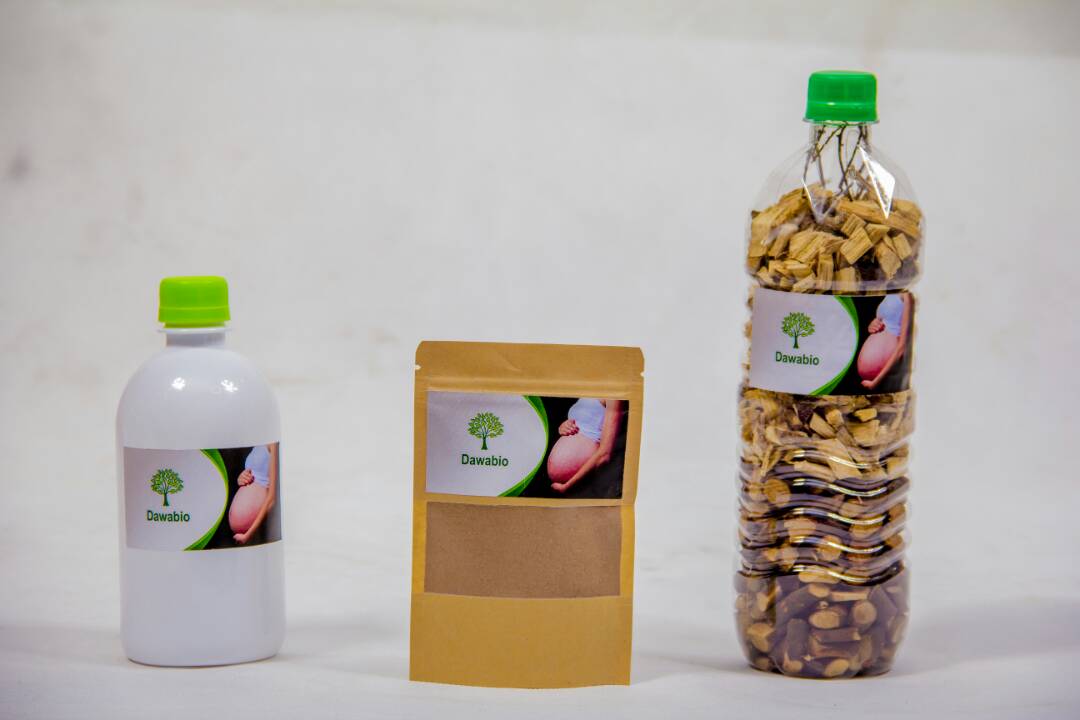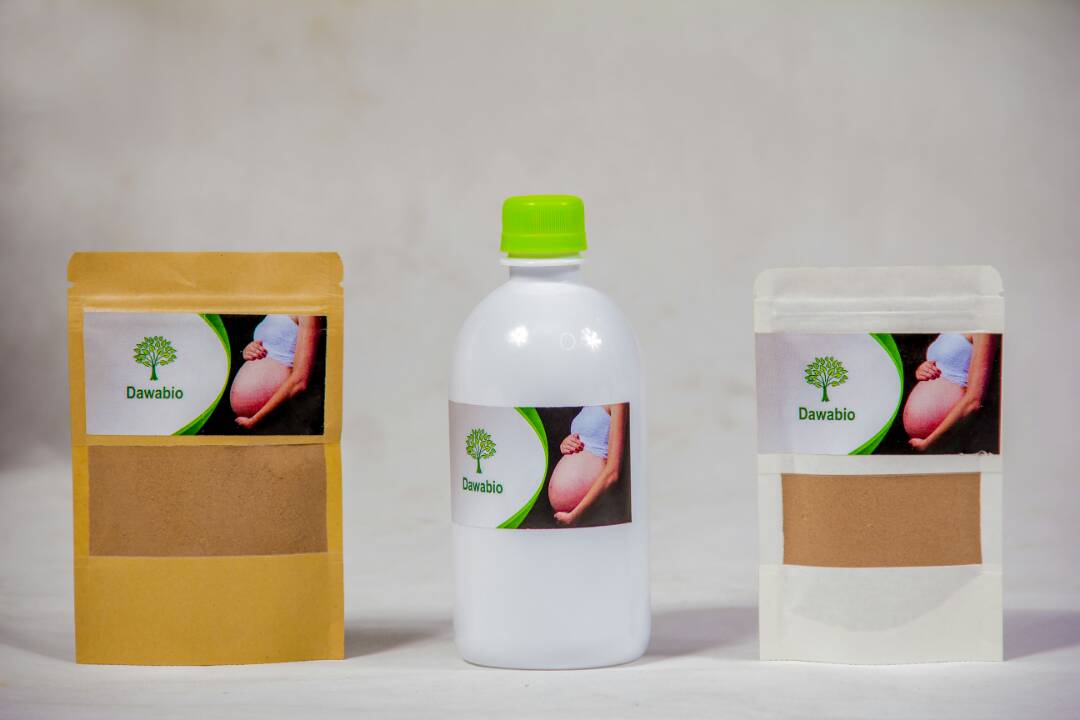A cyst: what is it?
The cyst is a kind of closed pocket, containing liquid, a semi-solid substance or even gas. It can appear at any age in life, in any area of the body. Depending on their location, we can distinguish hundreds of different types of cysts. The majority of them are benign and only cause a problem when they are too large. The appearance of a cyst can have many possible causes: infection, birth defect, shock, tumor (benign or cancerous), etc. For example, sebaceous cysts, which form in the sebaceous glands of the skin, are due to an abnormal accumulation of sebum. The popliteal cyst, which forms in the fold of the knee, is caused by arthritis or trauma to the knee. Dawasanté experts provide you with a natural treatment based on medicinal plants to cure Naboth cysts permanently. Click on the image below to discover this natural treatment .
What are the symptoms?
When cysts form under the skin, they are easily detectable: they form a more or less large ball under the skin, most often painless. On the other hand, cysts located deeper in the body are often asymptomatic. However, the largest of them put pressure on neighboring organs, triggering pain, and various disorders depending on the location (eg: blood in the urine for the renal cyst).
Focus on the main female cysts
In women, the breast cyst is common: the lump is solid, its contours are well defined. It may change in size during the period of the menstrual cycle or disappear/reappear spontaneously from one menstrual cycle to another. This type of breast cyst is harmless: it does not increase the risk of breast cancer.
Another common cyst is the Bartholin gland cyst, which manifests as a sharp pain or lump at the entrance to the vagina. It is due to mild infection of the Bartholin glands and is not a health hazard. Many women are affected at least once in their life.
As for ovarian cysts, there are different types. Most often asymptomatic, they can sometimes cause abdominal pain or irregular cycles. In 9 out of 10 cases, these are functional cysts that are not serious: they appear during a menstrual cycle and then disappear on their own after a few cycles. On the other hand, for organic ovarian cysts, there is a risk of cancerous degeneration, which is quite low before the age of 50.
Naboth's cyst, common after childbirth
Naboth's cyst is located on the wall of the cervix. It appears in many women after childbirth or sometimes also after menopause. Completely painless, it does not represent any danger to health.
Childhood congenital cyst
The thyroglossal cyst can be present from the birth of the child or appear a little later, usually before the age of 2: a large pocket full of fluid forms on his neck or face. This cyst is due to a fairly frequent embryonic malformation and not very serious. Antibiotics can reduce its size, but surgical removal is the best solution to prevent recurrence and limit the risk of superinfection.
Diagnosis of cysts
The cysts' skin is easy to diagnose but others require an ultrasound. A scanner is also often used: its purpose is to verify that it is indeed a simple cyst and not cancer. A biopsy is sometimes also requested: the contents of the cyst are normally punctured with a needle for examination.
How to treat a cyst?
A small, asymptomatic cyst with no risk of developing into cancer does not require treatment. A cyst that is annoying by its size and symptoms can, on the other hand, be drained using a needle or a catheter. Another solution: surgical removal. This last option is particularly used in the presence of cancer risk.
The cyst Bartholin's gland is manifested by a lump or pain in the vagina. Bartholin's glands produce a protective and lubricating fluid that can sometimes become infected and cause swelling or cyst formation. This cyst is harmless and can affect all women at some point in their life.
An ovarian cyst is a fluid-filled pocket that develops on the surface or inside of an ovary. Ovarian cysts are very common in women and rarely become cancerous before the age of 50.
There are several types of ovarian cysts. The functional cysts appear during the ovulation cycle (release of an egg from the ovary). Most painless, harmless, and non-cancerous, they usually go away on their own after 2 or 3 menstrual cycles.
Other types of cysts are due to benign tumors such as dermoid cysts, endometriosis cysts (or endometrioma) in women with endometriosis. The polycystic ovary syndrome is not due to cysts but the follicles on the ovaries that make up the volume.
Some benign ovarian cysts can increase the risk of ovarian cancer. Some malignant tumors and cancers of the ovaries start with a cyst in the ovaries.
A Naboth's cyst (or Naboth's egg) is a mucus-filled pocket that forms on the wall of the cervix (The cervix is lined with glands that produce mucus). This type of cyst is common in women after childbirth or in postmenopausal women whose uterine wall thins with age. This cyst has virtually no symptoms and is usually detected during a routine pelvic exam. It does not present any risk to health.
The cysts of Naboth comes from distension of endocervical glands and are usually asymptomatic. However, they can be multiple and exceed 2 cm to form cystic masses
.
On MRI, they are differentiated from cervical cancers by their T2 hyper signal, their intermediate signal in T1, and the absence of contrast enhancement. Moreover, the limit with the cervical stroma, in hyposignal, is clear.
Among the differential diagnoses, we can cite exceptional cervical endometriosis and malignant adenoma which accounts for 3% of cervical adenocarcinomas.
|
|
Cervical stenosis |
Cervical stenosis is common during menopause or after endo-uterine maneuvers. It most often causes an obstacle to the flow of secretions and presents as uterine distension of undetermined origin.
The role of MRI is to confirm the normality of the zonal anatomy of the cervix and uterus, to eliminate the presence of abnormal endocavitary tissue and to specify the fluid nature (serous or haematic) of the endocardial retention. uterine.
|
|
Cervical fibroma |
Cervical fibroma is a rare localization of uterine myomas.
Difficult to diagnose on ultrasound, it presents on MRI the same signal abnormalities as in the case of localization in the uterine body.






